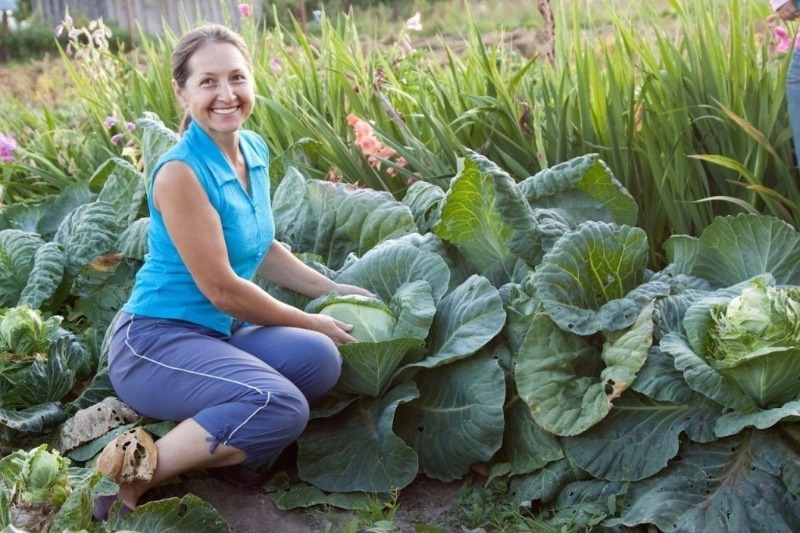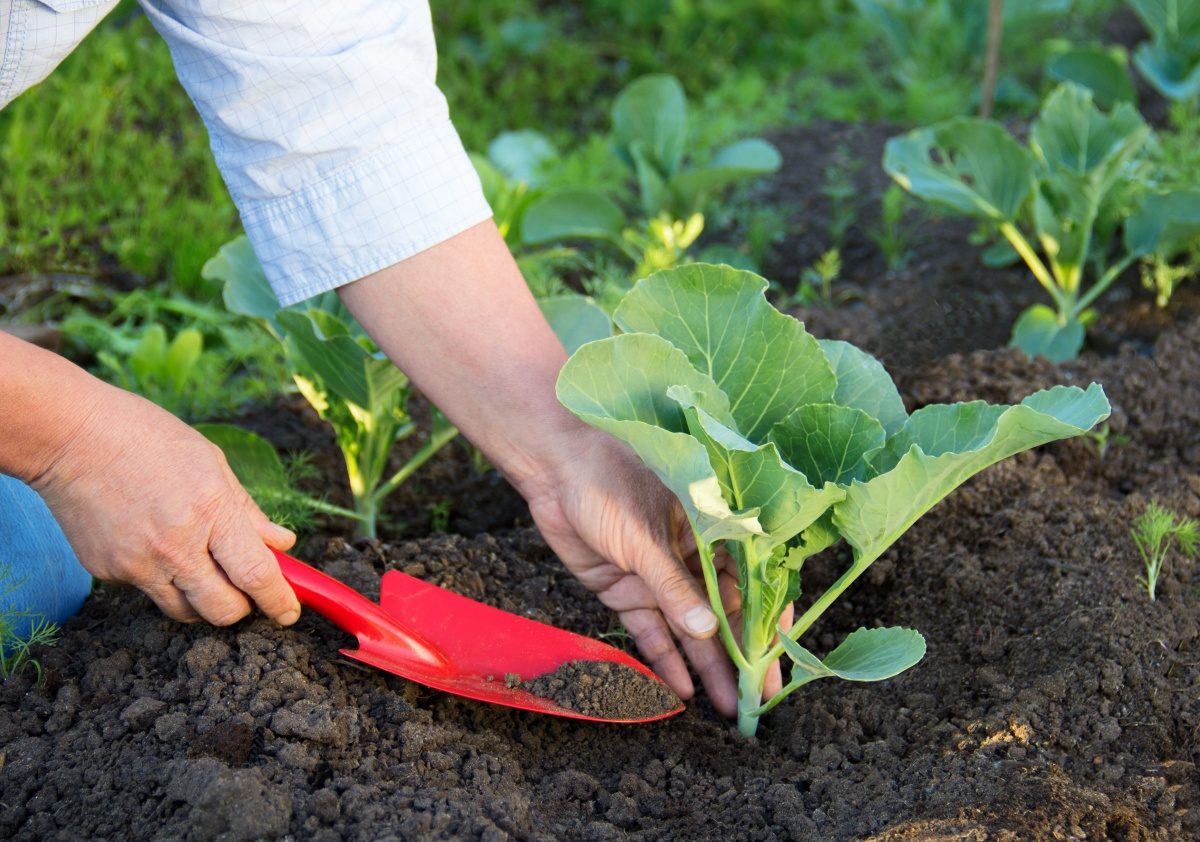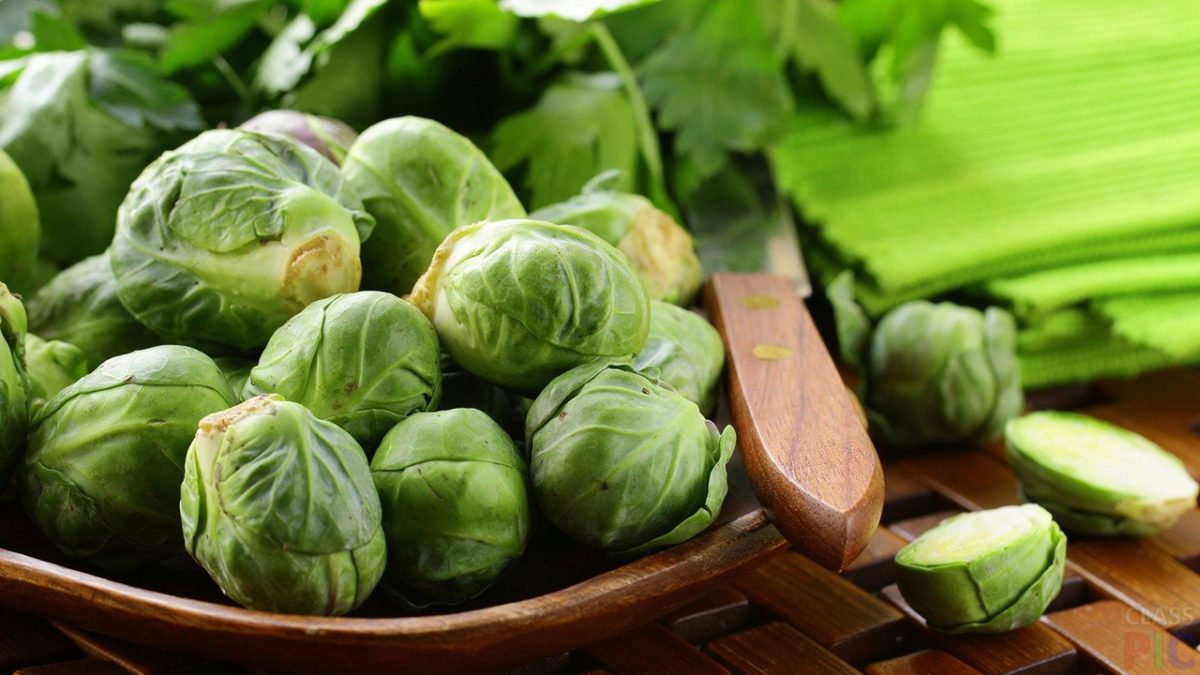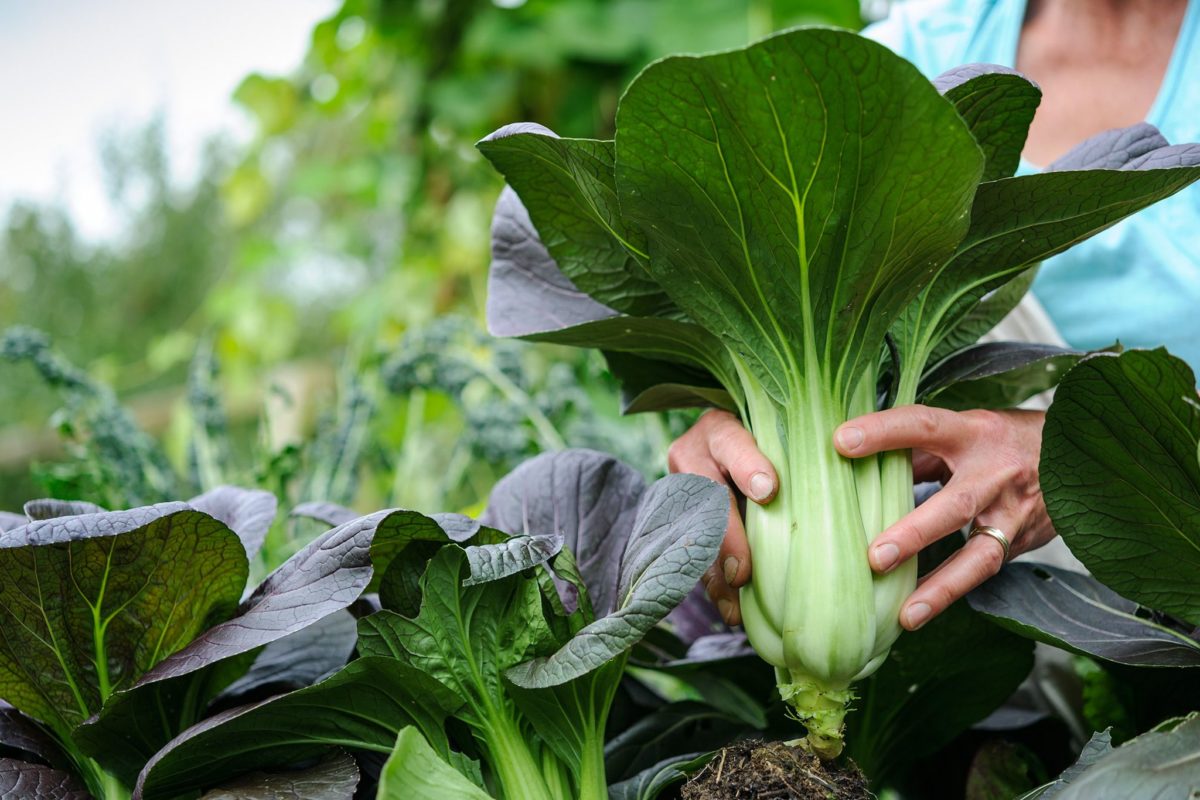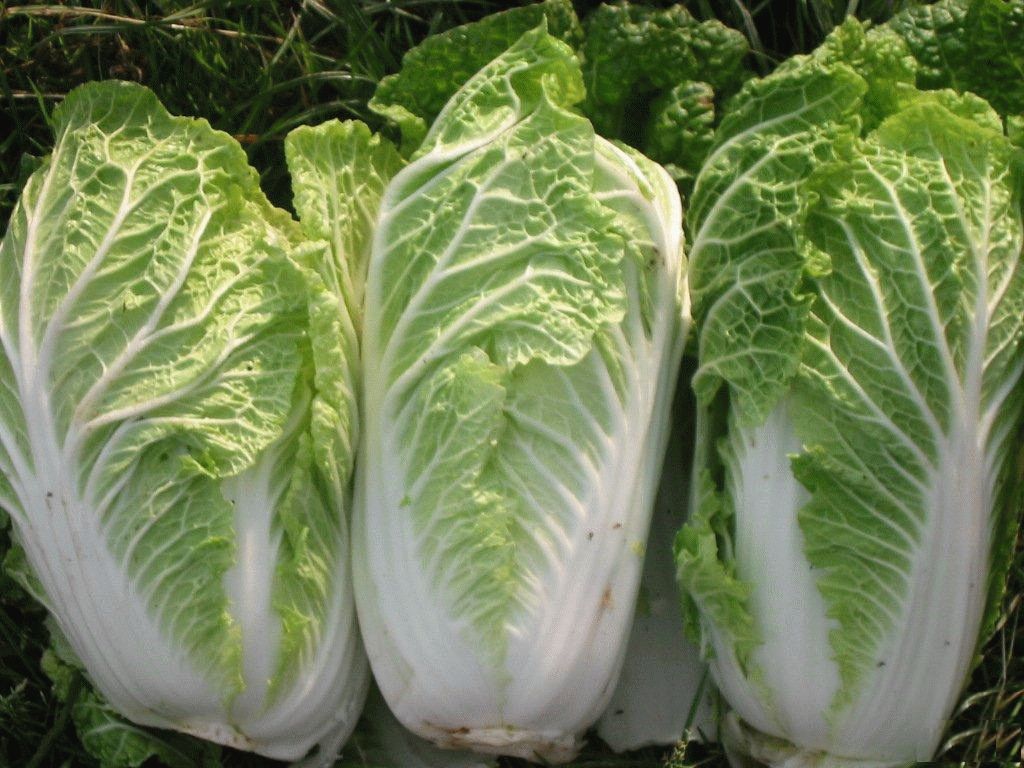Cabbage
Cabbage is a favorite vegetable on our table. The variety of varieties allows you to include vitamin dishes with cabbage on the menu all year round. However, environmentally friendly products can be obtained only from your own garden, knowing the technology of growing this vegetable crop. Cabbage yield largely depends on the quality of the seedlings.
Pak-choi cabbage is traditional for China, it has been cultivated in this country for thousands of years. Recently, exotic culture has been gaining a well-deserved place on our tables. Its cultivation is not difficult, the pack-choi is early ripening and undemanding to soil fertility, while it has a good taste. The white fleshy petioles resemble asparagus or chard, while the green leaves are similar to spinach.
Peking cabbage appeared on the Russian market relatively recently, but has ceased to be exotic. Adherents of a healthy diet are happy to include it in their diet. In terms of composition, Peking cabbage is in no way inferior to white cabbage, it contains a large amount of proteins, a whole set of vitamins and mineral salts. No wonder in the Celestial Empire it is considered a source of longevity. The main advantage of a vegetable is the ability to maintain its beneficial properties throughout the winter. Peking cabbage is delicious in any form: pickled, sauerkraut, salted and, of course, as part of vegetable salads. Delicate green leaves add spice and sophistication to each dish. It is especially indispensable in winter and early spring, when the human body is so in need of fresh greenery. This annual vegetable crop has a short growing season of no more than 2 months and can be grown all year round.
